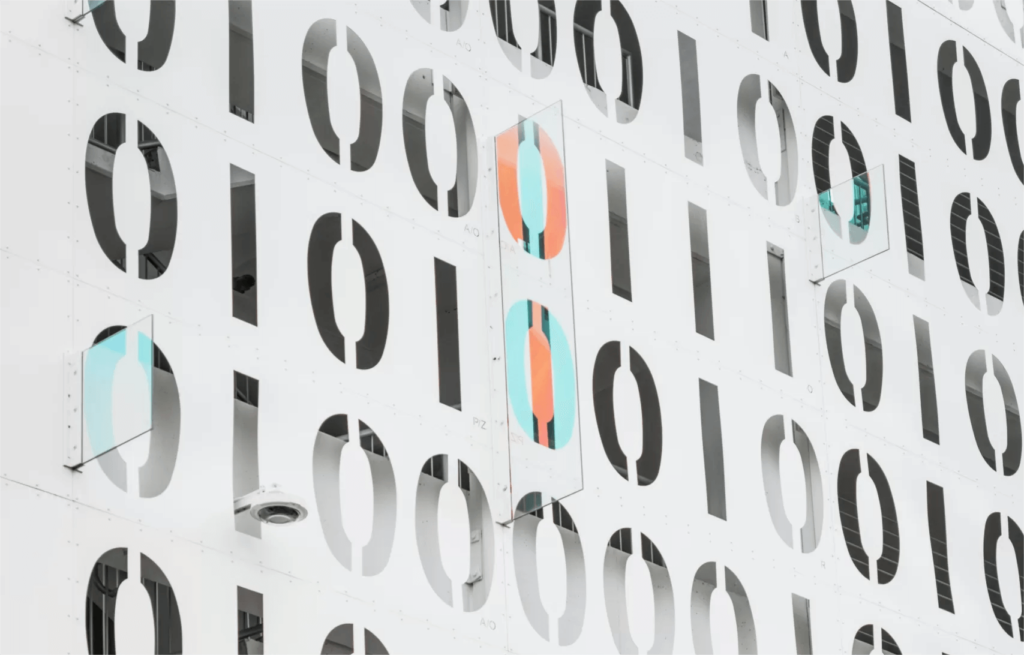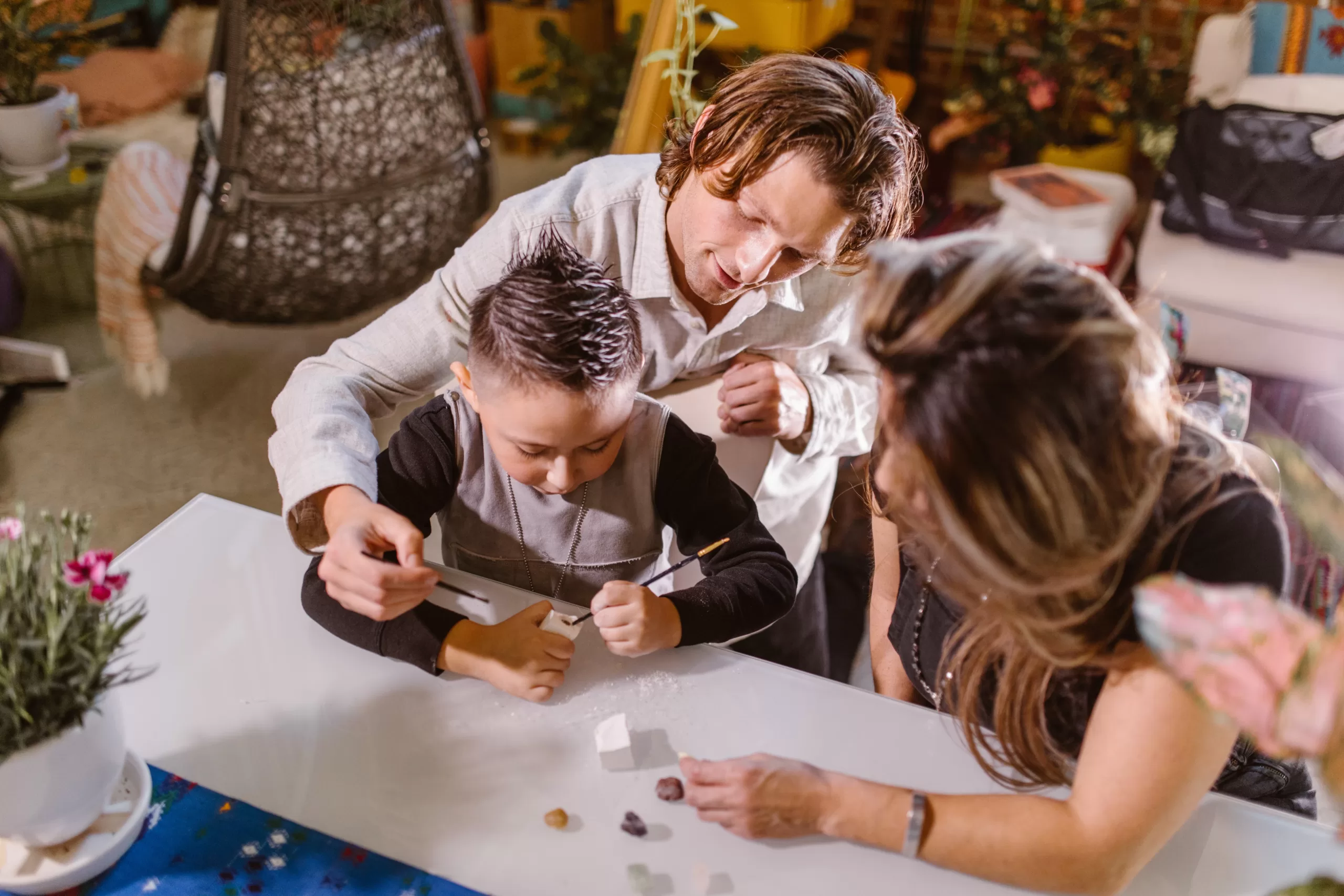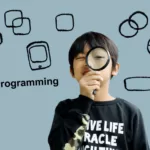Have you ever looked at a computer and wondered how it works? How can it show you videos, let you scour the web for all the information in the world, let you play games, let you communicate with people around the world, and help with your homework? That’s all thanks to a special language called, “binary code.” Binary code is a seemingly simple yet incredibly sophisticated technique that is integral to running our digital world.
What is Binary Code?
At the very core of your computer, tablet, smartphone or even your gaming console lies a language that helps it work. It is not English or Spanish or even gibberish. It is not a language humans can actually speak. It is the language of 1s and 0s. This is binary code.
Imagine using a flashlight. It has an ‘on’ and an ‘off’ switch. You want to use it to send your friend a secret message, but how can you do so when all you can do is turn the light on and off? Perhaps you create a secret code where a specific sequence of flashing lights translates to a word or phrase. 4 flashes followed by 3 flashes might mean, “let’s play.” Computers use a similar idea and logic. In binary code, 0s and 1s are aligned in different sequences and patterns to communicate with other digital devices and systems.
Why Do Computers use Binary Code?
Computers are made of millions and billions of tiny switches called “transistors.” These switches can either be turned on (1) or off (0). By combining these “ons” and “offs”, computers can represent any information, like pictures and videos. Even this article you are currently reading is created by binary code! These transistors are so small that we can fit billions of them inside a single computer. With all these switches combined, computers can do all the incredible things we see and enjoy!
Why Is Binary Code Important
People may be under the false impression that children are too young to learn about binary code. Parents may believe that the 1s and 0s are a bit too complex for their kids. However, young kids are more than capable of comprehending the code that runs our digital world. Let’s take a look at why understanding binary code is so important.
1. It's the Basis of Technology
Learning binary code is the foundation of understanding the digital world. It is one of the first stages in understanding how technology operates in our environment.
2. Nurture Logical Thinking
Because binary code is made up of sequences and patterns, learning it gradually enhances a child’s logical thinking and problem-solving skills.
3. The Ideal Introduction to Programming
Understanding binary code is a prerequisite for understanding more complicated parts of computers, such as programming languages. When a youngster is exposed to binary coding, he or she will gain an awareness of patterns and sequences, as well as the concepts of encoding information and executing computer commands.
4. Develop Critical Thinking
Binary coding, as tricky as it is, allows children to explore potential solutions on their own and obtain insights on how to tackle problems by breaking them down into digestible parts.
5.Build Digital Literacy
Understanding how digital information is processed and stored is referred to as digital literacy. You would not be able to comprehend the larger picture of technology if you did not understand binary coding.
6. Foster STEM Interest
Because binary coding is related to these disciplines, it piques a child’s interest in STEM (Science, Technology, Engineering, and Mathematics).
7. Unleash Creativity
The innovative nature of binary code allows children to construct their own simple games, applications, and even convey hidden messages using their understanding of binary coding.
8. Solving Real-World Problems
One of the numerous abilities that binary code promotes is problem-solving. Learning binary coding teaches a youngster not just how to solve binary code problems, but also how to tackle life difficulties in general.
9. Future-Proof Skills
A basic understanding of binary coding will remain relevant as technology advances. Children who study it while they are young are better prepared for their future undertakings.
10. Gaining Confidence
As a child attempts to master the abilities he has learned, his confidence grows as he successfully understands complex binary ideas.
11. Awareness of Technology Limitations
Learning binary coding raises your understanding of digital technology’s restrictions and demonstrates how data is represented in a finite fashion.
Incorporating binary code learning into your child’s schooling gives him a competitive advantage in today’s environment. It provides him with more than just isolated knowledge; it provides him with well-rounded abilities that will undoubtedly open doors to many employment prospects.
How to Teach Young Children About Binary Code
This can be tricky, but with the appropriate technique to teaching youngsters binary code, it will be much easier than you expected. I have listed a few for you.
1 . Introduce the Concept: To begin, you can use simple images and examples that are relatable and can readily be seen or observed around them, such as metaphors like “on” and “off” of a switch or more.
2 . Use Visual Aids: It is very beneficial for youngsters to learn something by using visual aids such as charts, flashcards, and the like. When learning is multimodal, it becomes more effective.
3. Hands-On Activities:
– Binary Bracelets: Make bracelets out of two different hues of beads. One color should be 0 and the other should be 1. Allow children to use binary digits to spell their names or simple words.
–Flashlight Code: Create binary messages using a flashlight. Allow children to turn on and off the flashlight to symbolize 0s and 1s and to spell out words.
– Binary Card Game: Create cards with binary numerals and corresponding regular numbers for a binary card game. Play a memory or matching game in which the children must match the binary number with the correct regular number.
4. Binary Alphabet: Explain how letters are represented in binary code. You can display them using an ASCII chart.
5. Storytelling: Kids do love stories! To make studying more enjoyable and engaging, you can teach children the subject by telling them tales or creating animated films.
6. Digital Tools: Be resourceful. You can look for kid-friendly online games and applications, like puzzles and games to teach binary code.
7. Creative Projects: You may also encourage kids to do simple drawings and designs with binary code using graph paper and computer tools to generate patterns of 0s and 1s
8. Experimentation: Let the kids explore and discover on their own. Give them challenges that require them to decipher hidden meanings represented by each code.
9. Reinforcement: Reinforce to them that binary code is the foundation of modern technology; it is the method through which computers process information.
Conclusion: Closing in on Binary Code
There are numerous advantages to teaching children binary code. It does not only improve one’s cognitive capacity but also prepares the youngster for the future. Understanding binary code allows them to appreciate the technology around us and put it to use for the greater good of our society.
As a computer language, binary code has dramatically transformed the way technology operates, altering our traditional processes into something more inventive and convenient. Given the increased demand for coding in various businesses, exposing your children to binary coding at a young age ensures them more potential employment choices.
Learning binary code and beyond is more than just a fun learning experience; it’s like getting a behind-the-scenes look at the world of technology. Who knows, maybe your child will one day become a great inventor that develops incredible, innovative things using this extremely unusual language!
What exactly are you waiting for? Schedule a class with us right away and let’s start cracking the code together!






